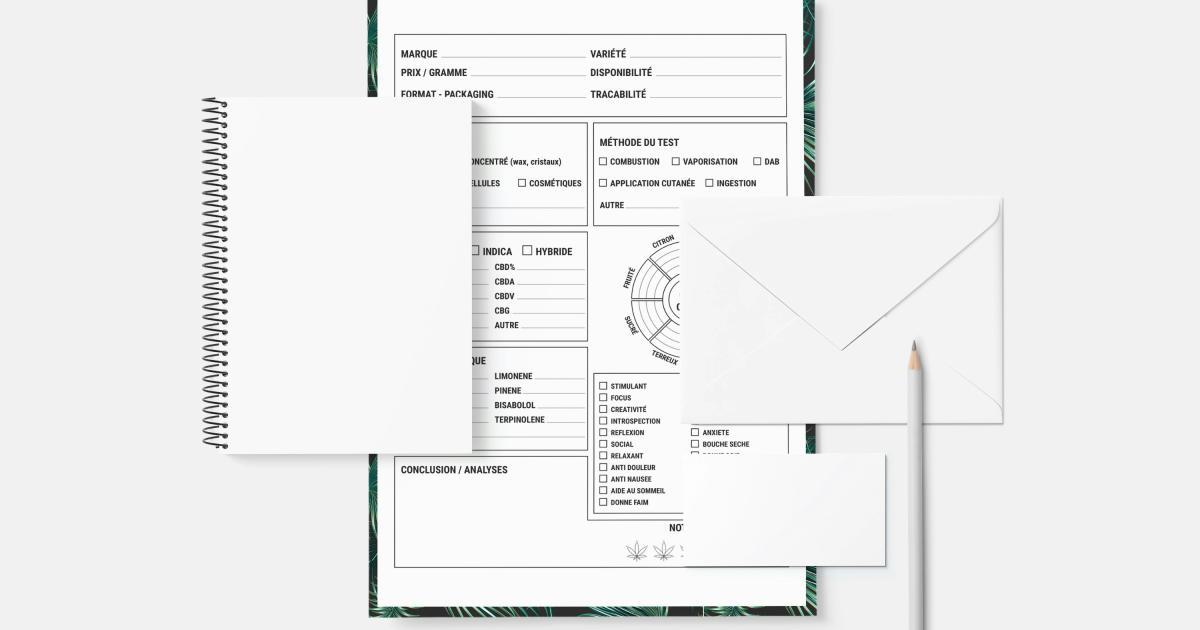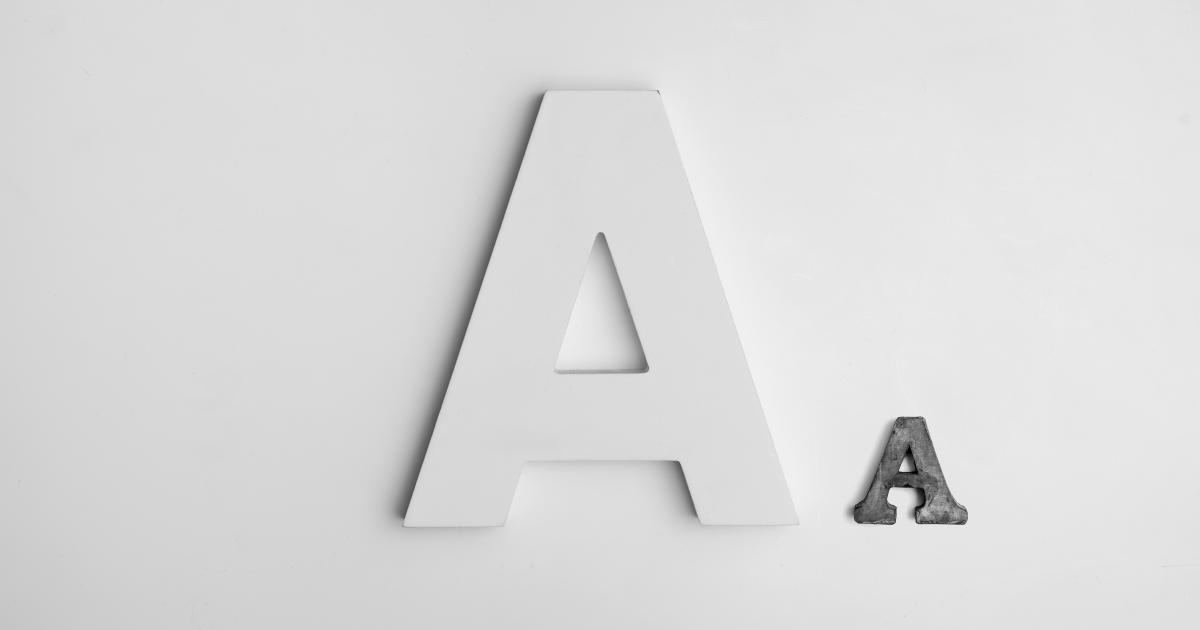Technical SEO Audit or Content Audit: Which Comes First?


Navigating the complex world of search engine optimization (SEO) can be a daunting task for businesses and website owners. One of the critical decisions they often face is whether to prioritize a technical SEO audit or a content audit. Both play crucial roles in improving a website's visibility and performance in search engine results, but the question remains: which one should come first?
In this comprehensive article, we'll delve into the intricacies of technical SEO audits and content audits, exploring the benefits, challenges, and best practices for each. By the end, you'll have a clearer understanding of which approach is most suitable for your website's unique needs and how to effectively combine these two essential SEO strategies.
Understanding Technical SEO Audits
A technical SEO audit is a comprehensive evaluation of a website's technical infrastructure, focusing on the elements that directly impact its search engine visibility and performance. This process involves examining various aspects of the website, such as:
Site Structure and Navigation
A well-structured website with intuitive navigation is crucial for both user experience and search engine crawlers. During a technical SEO audit, experts analyze the site's architecture, internal linking, and overall navigational flow to identify any issues that may hinder the ability of search engines to effectively index and understand the content.

Website Speed and Performance
Website speed is a critical factor in both user experience and search engine rankings. A technical SEO audit assesses the website's loading times, optimization of images and other media, server response times, and any other elements that may be slowing down the site's performance.

Mobile Responsiveness
With the increasing prevalence of mobile device usage, a website's mobile-friendliness has become a crucial ranking factor for search engines. A technical SEO audit evaluates the website's design, layout, and functionality across different devices and screen sizes to ensure a seamless user experience.

Crawlability and Indexability
Search engines rely on their web crawlers to discover and understand the content on a website. A technical SEO audit examines the website's robots.txt file, XML sitemaps, and other factors that affect the ability of search engines to effectively crawl and index the website's pages.

URL Structure and Canonical URLs
The structure and consistency of a website's URLs can greatly impact its search engine visibility. A technical SEO audit evaluates the URL structure, checks for any duplicate or conflicting canonical URLs, and identifies any potential issues that may hinder search engine understanding and indexation.

Schema Markup and Structured Data
Structured data, also known as schema markup, is a way of providing additional information to search engines about the content on a website. A technical SEO audit reviews the website's implementation of schema markup, ensuring that it is properly configured and accurately represents the website's content.

Redirects and Broken Links
Broken links and incorrect redirects can negatively impact a website's user experience and search engine visibility. A technical SEO audit identifies and addresses any issues with redirects, 404 errors, and other link-related problems that may be hindering the website's performance.

Secure HTTPS Configuration
In today's digital landscape, website security is a crucial consideration. A technical SEO audit examines the website's HTTPS configuration, ensuring that it is properly implemented and providing a secure environment for users.

Understanding Content Audits
While a technical SEO audit focuses on the website's infrastructure, a content audit evaluates the quality, relevance, and optimization of the website's content. This process involves a comprehensive review of the website's content, including:
Content Inventory and Mapping
A content audit begins with a thorough inventory of all the content on the website, including pages, blog posts, product descriptions, and other relevant materials. This inventory is then mapped to the website's overall structure and user journey, providing a clear understanding of the content's role and distribution.

Content Quality and Relevance
The content audit examines the quality, relevance, and depth of the website's content. This includes analyzing factors such as the content's readability, tone, and alignment with the target audience's needs and interests.

Content Organization and Structure
The content audit evaluates the organization and structure of the website's content, ensuring that it is logically arranged and easy for users to navigate. This includes examining the use of headings, subheadings, and other formatting elements to enhance the content's overall structure and scanability.

Keyword Research and Optimization
A content audit assesses the website's use of target keywords, ensuring that they are strategically incorporated throughout the content to improve search engine visibility. This process involves in-depth keyword research, analysis of keyword usage, and optimization of content to better align with user search intent.

Content Gaps and Opportunities
The content audit identifies any gaps or missed opportunities within the website's content, highlighting areas where additional content or updates may be needed to better address the target audience's needs and improve the website's overall performance.

Content Freshness and Timeliness
The content audit evaluates the timeliness and freshness of the website's content, ensuring that it remains up-to-date and relevant to the target audience. This includes identifying any outdated or stale content that may need to be updated or removed.

Content Optimization for Engagement
The content audit assesses the website's content from the perspective of user engagement, analyzing factors such as readability, visual appeal, and the inclusion of relevant multimedia elements to enhance the overall user experience.

Technical SEO Audit or Content Audit: Which Comes First?
Now that we've explored the key elements of both technical SEO audits and content audits, the question remains: which one should you prioritize?
When to Start with a Technical SEO Audit
In many cases, it's recommended to begin with a comprehensive technical SEO audit for the following reasons:
Foundational Importance: Technical SEO issues can have a significant impact on a website's overall performance and search engine visibility. Addressing these fundamental problems first can lay the groundwork for more effective content optimization.
Crawlability and Indexability: A technical SEO audit ensures that search engines can effectively crawl and index the website's content, which is a prerequisite for effective content optimization.
Performance Optimization: Improvements in website speed, mobile responsiveness, and other technical factors can directly enhance the user experience and contribute to better content engagement.
Identifying Content Opportunities: A thorough technical SEO audit can uncover content gaps or areas that need to be addressed, informing the focus and direction of the content audit.

When to Start with a Content Audit
While starting with a technical SEO audit is often the recommended approach, there may be instances where a content audit should take precedence:
Mature Website with Established Technical Foundation: If the website has a strong technical foundation and has already addressed major technical SEO issues, a content audit may be the more pressing priority to improve search engine visibility and user engagement.
Specific Content-Focused Goals: If the primary objective is to improve the quality, relevance, and optimization of the website's content, a content audit may be the logical first step to identify and address these areas.
Significant Content-Related Challenges: If the website is experiencing issues primarily related to the content, such as low engagement, high bounce rates, or poor search engine rankings, a content audit may be the more appropriate starting point.
Iterative Approach: In some cases, a combination of technical SEO and content audits may be the most effective approach, with each audit informing the other in an iterative process.

Combining Technical SEO Audit and Content Audit
Ultimately, the decision to prioritize a technical SEO audit or a content audit will depend on the specific needs and challenges of your website. In many cases, the most effective approach is to combine these two critical components of SEO in a strategic and cohesive manner.
Here's how you can effectively integrate technical SEO audits and content audits for maximum impact:
Step 1: Conduct the Technical SEO Audit
Begin by performing a comprehensive technical SEO audit to identify and address any underlying infrastructure issues that may be hindering the website's search engine visibility and performance.
Step 2: Analyze the Content Audit Findings
Once the technical SEO audit is complete, move on to the content audit. Analyze the findings from the content audit, paying close attention to any gaps, opportunities, or areas that require optimization.
Step 3: Align Content Optimization with Technical Improvements
Use the insights gained from the content audit to inform and prioritize the content optimization efforts. Ensure that the technical SEO improvements made in the first step are taken into account to enhance the overall effectiveness of the content optimization.
Step 4: Iterate and Refine
Continuously monitor the website's performance and repeat the process of technical SEO audits and content audits on a regular basis. This iterative approach allows you to identify and address new challenges, as well as capitalize on emerging opportunities.

By adopting this integrated approach, you can achieve a powerful synergy between technical SEO and content optimization, ultimately driving better search engine visibility, user engagement, and overall website performance.
Conclusion
In the complex world of SEO, the decision to prioritize a technical SEO audit or a content audit often depends on the unique needs and challenges of your website. While starting with a technical SEO audit is generally recommended, there may be instances where a content audit is the more appropriate first step.
Regardless of which approach you choose, the key is to recognize the importance of both technical SEO and content optimization, and to integrate these two essential components seamlessly. By adopting a strategic and iterative approach, you can unlock the full potential of your website, ensuring that it not only performs well in search engine results but also provides a superior user experience that keeps visitors engaged and coming back.